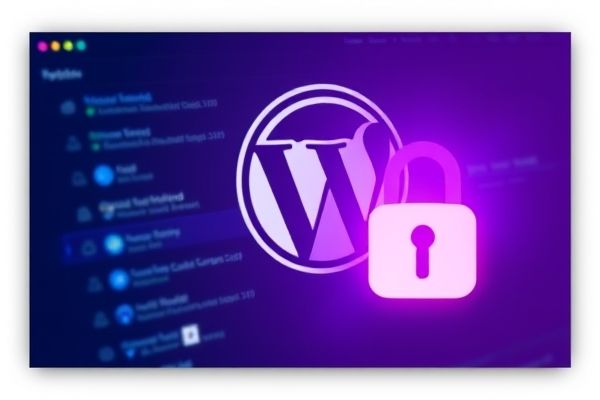Are you aware of the critical vulnerabilities that hackers exploit in WordPress mu-plugins? The alarming rise in cyber threats targeting WordPress installations demands that site owners understand how these plugins can be misused to compromise their websites. This blog will explore the malicious use of mu-plugins, the techniques employed by hackers, and essential preventive measures you can implement.
Key Takeaways:
- Understanding the risks linked with mu-plugins.
- Identifying harmful scripts that can hide in mu-plugins.
- Best practices to secure your WordPress site.
- Awareness of ongoing vulnerabilities affecting WordPress.
The directory housing mu-plugins in WordPress allows these must-use plugins to execute automatically without activation. This feature creates an ideal environment for hackers to embed malicious code, as these scripts are not listed among the standard plugins visible in the admin dashboard.
Security researchers from Sucuri have uncovered various nefarious PHP scripts within the mu-plugins directory. Some examples include:
✅ redirect.php: Redirects visitors to ill-intended external sites under the guise of legitimate notifications.
✅ index.php: Functions as a web shell, enabling remote code execution.
✅ custom-js-loader.php: Injects spam and alters site images, potentially disrupting SEO performance.
These scripts are equipped with sophistication. For example, redirect.php can differentiate between bots and human visitors, ensuring it avoids search engine detection while misguiding actual users into downloading malicious software.
Moreover, compromised WordPress sites are frequently leveraged to propagate further malware via deceptive tactics such as ClickFix, which masquerades harmful commands as CAPTCHA verifications. This manipulation executes remote commands on unsuspecting user systems.
To protect your WordPress site from these threats, consider adopting the following best practices:
- Regularly update all plugins and themes to their latest versions.
- Perform routine security audits to identify potential vulnerabilities.
- Implement a web application firewall to block malicious requests.
- Utilize strong passwords for admin access.
According to recent vulnerability reports, such as CVE-2024-27956 and CVE-2024-25600, WordPress continues to face significant threats, highlighting the necessity of proactive security measures.
In conclusion, mu-plugin exploitation in WordPress poses significant security risks that warrant immediate action. By familiarizing yourself with these risks and implementing robust security strategies, you can effectively defend your site against malicious threats.



